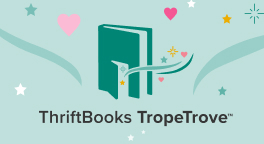Last Hours Of Christians: Or An Account Of The Deaths Of Some Eminent Members Of The Church Of England (1847)
Select Format
Select Condition 
You Might Also Enjoy
Book Overview
Customer Reviews
Rated 4 starsA wonderful resource--But consider these "caveats"
Margaret Price has provided a marvelous resource for westerners who visit Japan and wish to experience the elegance and charm of Japanese inns. But please be aware of the complications that I will outline in this review. In spite of the following cautions, I would enthusiastically encourage all western readers to prepare themselves well, and then venture into this wonderful, almost magical experience of staying in traditional...
0Report
Rated 5 starsInns are expensive but worth it!
I recently splurged on staying at two of the Inns in this book and I was impressed by two things: 1. How accurately the author described the particular Inns and 2. How well the book prepared me for the overall experience.One warning: all of the inns detailed in the book are expensive by US standards, (as it appears most traditional Inns are). Especially considering we found that it was possible to find tourist hotels for less...
0Report
Rated 5 starsBeautiful book
This is a beautiful book to own if you like looking at pictures of traditional architecture and dreaming about nights in Japanese Inns. I've loaned it to a few friends and they all want to go to Japan now! I bought this book shortly before a trip to Japan and called a few of the listed places. None of the places had room on such short notice: none of them volunteered to speak English, either, so it might be an adventure if...
0Report
Rated 4 starsAn interesting "guide" book.
As one who visits Japan on a very strict budget, I found it enthralling to find out what it would be like to stay at some of these expensive inns. So much so, I have started saving just to experience one night of extravagance. Margaret Price describes beautifully the inns food,ambience and surrounding attractions as well as suggesting places to shop, things to buy and day itineraries. As well as this there are a small...
0Report










































